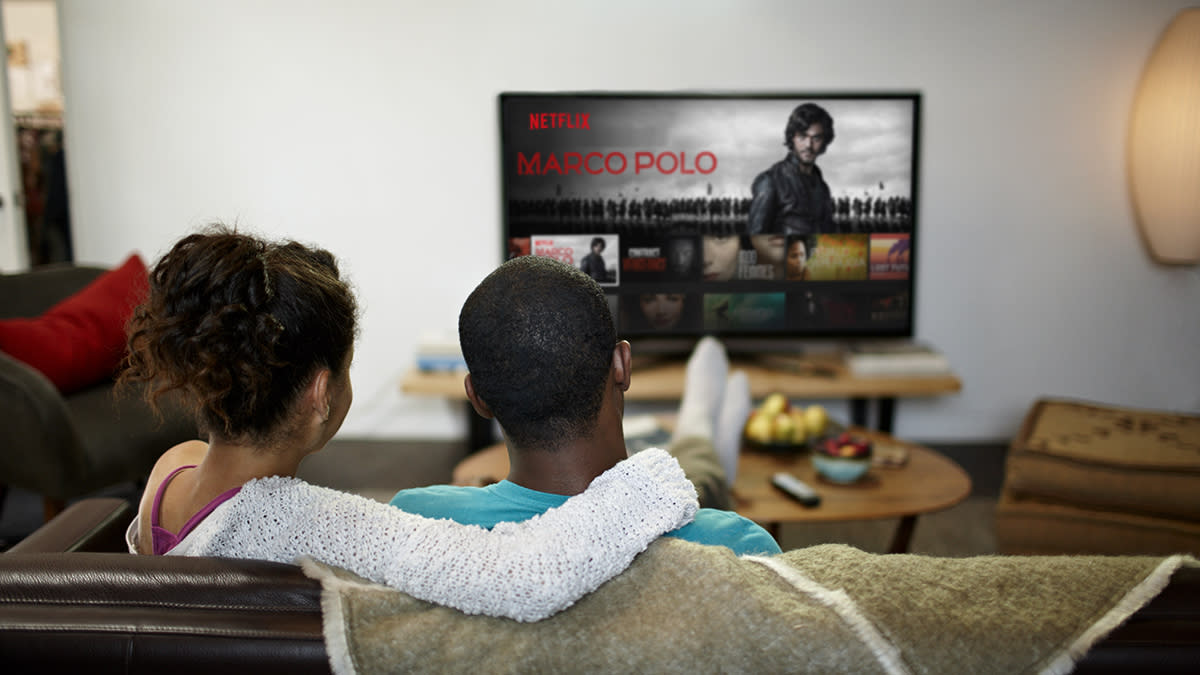This new Netflix upgrade is the feature I didn't know I'd always needed

I was watching a TV series via Plex the other day and the judder – that 'stuttery pause' at the end of every few seconds of playback – on various helicopter-shot fly-by city scenes was really irking my eyeballs. Having just watched John Wick: Chapter 4 on 4K UHD Blu-ray (great visuals in a terribly over-long movie) the experience was completely night and day. So what gives?
It got me reflecting on an article I read on T3's sister site, Tom's Guide, by Nick Pino, Managing Editor of TV & AV, about how Netflix has a new upgrade that solves one of the biggest problems with TV streaming. Indeed, it's the Netflix upgrade feature I never knew I needed. Or, at least, clearly hadn't been thinking about enough – especially considering how important the best TVs of today are in both my work and personal life.
Perhaps this problem was highlighted all the more for me because in-between T3's in-house testing (slash at-home testing, as I like to conduct TVs reviews just like any consumer would experience) I don't have a fancy up-to-the-minute panel. My current Panasonic model doesn't even have HDMI 2.1 (I know, the woes) so there are shortfalls in what it can do (my recent LG G3 review and forthcoming LG C3 reviews are the far better panels that, in many circumstances, will deliver better motion smoothing results).

Pino's article refers to an official Netflix tech blog published at the beginning of June 2023, which highlights a Netflix engineer, David Zheng, and how his work has aided in delivering 24p content – (i.e. 23.97 frames per second recordings) which, to you and I, is effectievly 'how Hollywood movies are shot and output' – with less judder on today's TVs.
Part of this issue, especially in the UK (where the standard is PAL, not NTSC as it is in the States), is that the native refresh rate of panels is 50Hz, i.e. fifty refreshes per second. Do 24 frames per second fit into 50 refreshes per second? No, they do not, which is why additional frames have to be added in order to create a fitting stream to match the panel. But that's also what causes the judder effect, because certain frames are multiplied.
Zheng's work is effectively a mathematical solution in image interpolation to reduce the degree of this judder effect. And while all TV manufacturers also add their own processing options to panels, I've long seen it be ham-fisted in its approach to over-smooth results (the 'soap opera effect') or just not do enough to be convincing, it seems to me that this net Netflix upgrade is a silent wonder that I (and probably you) never knew you needed. My recent poor Plex experience points it out all the more, really, so here's to spot-on motion smoothing. Cheers, Netflix!

